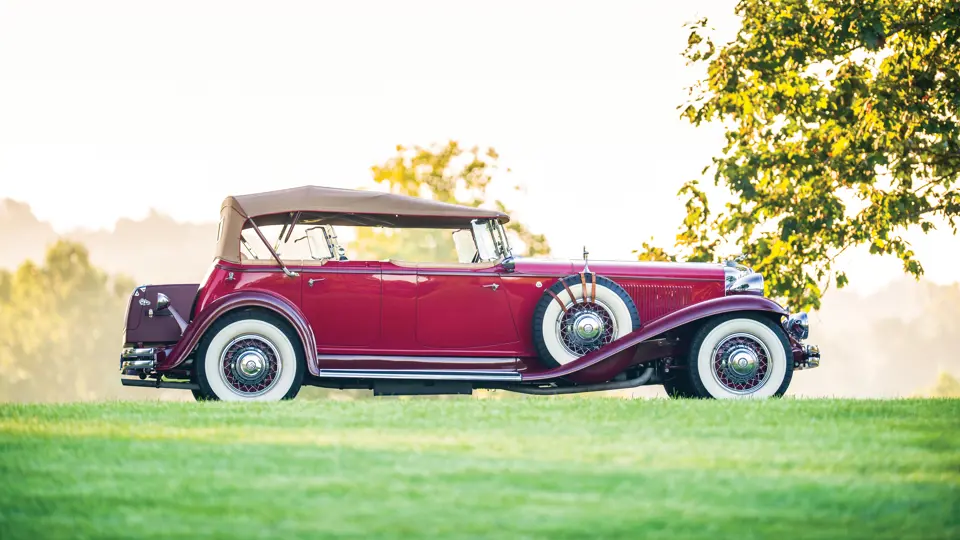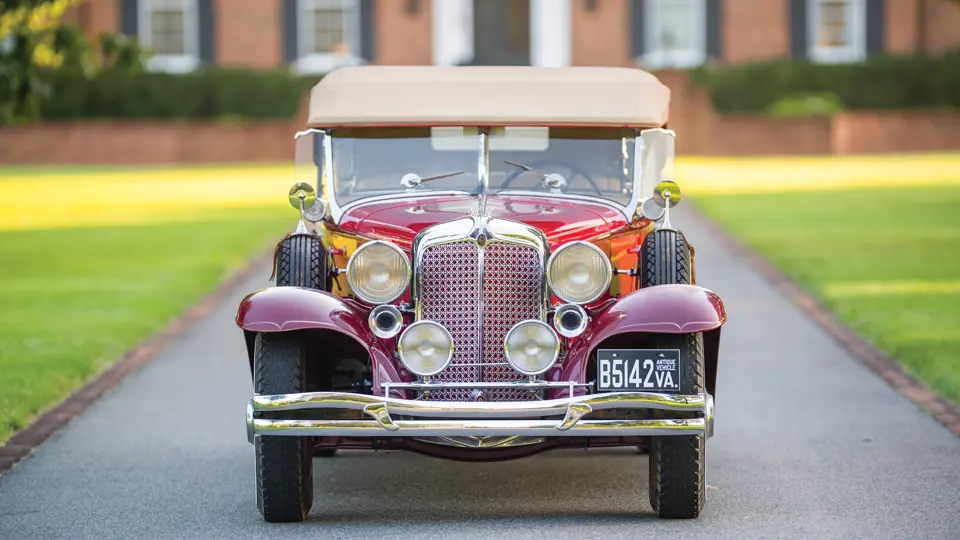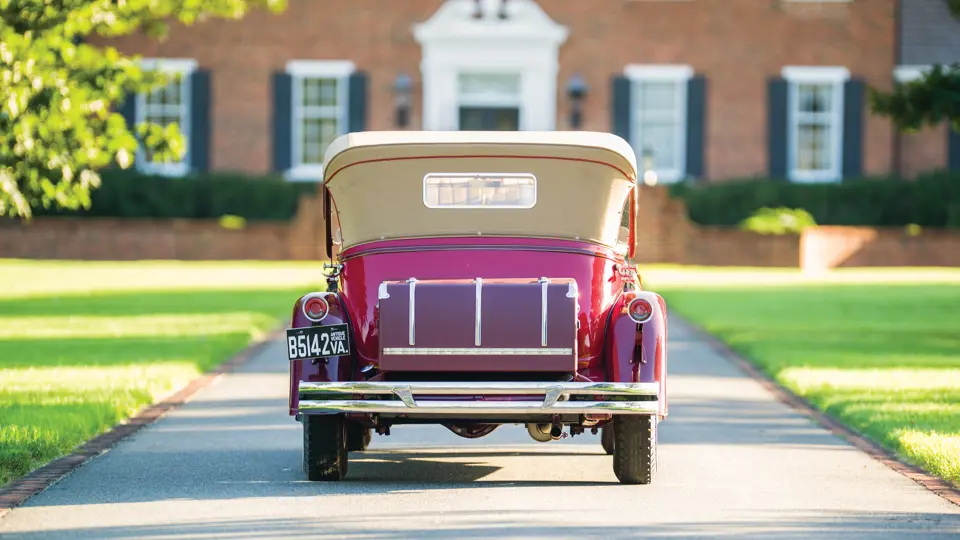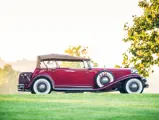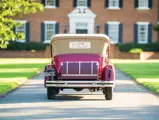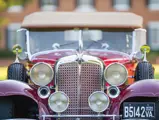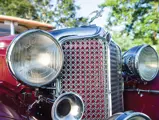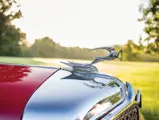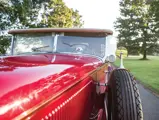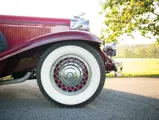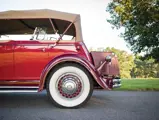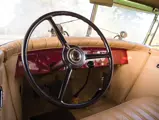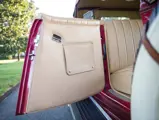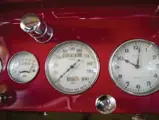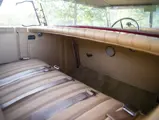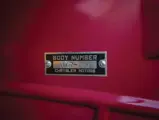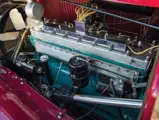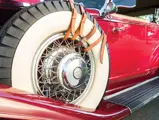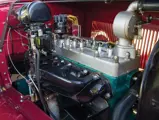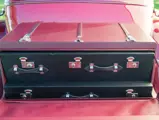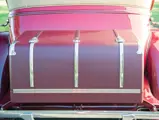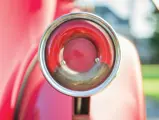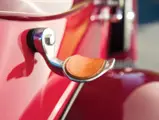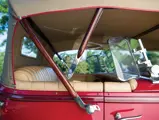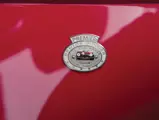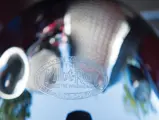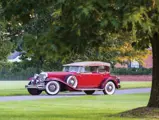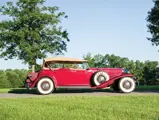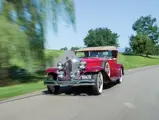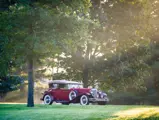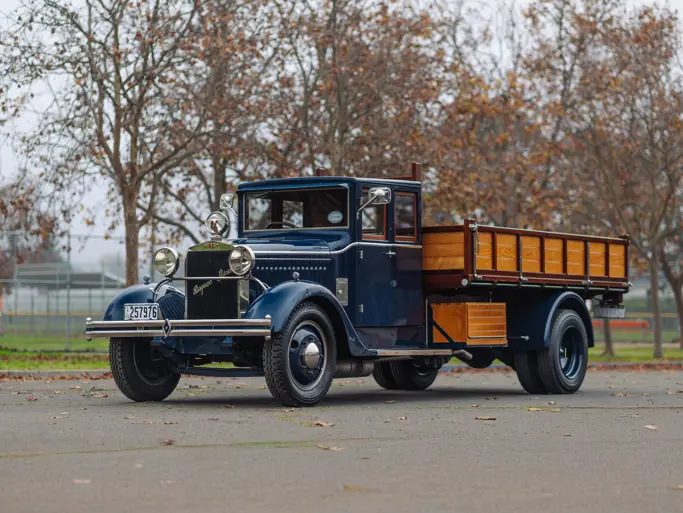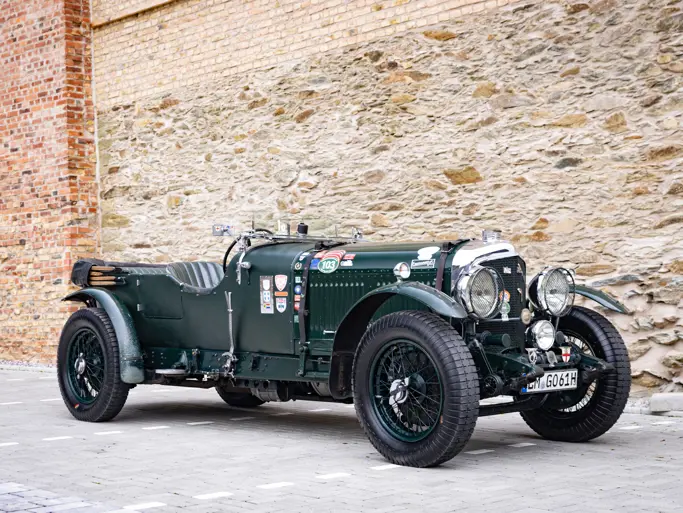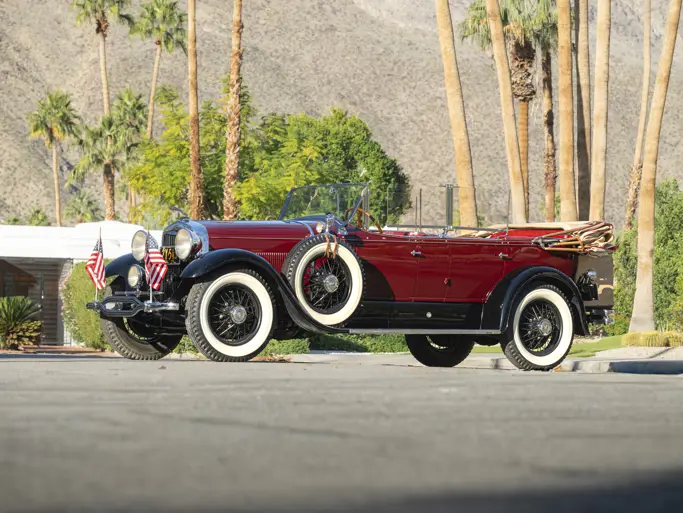
1931 Chrysler CG Imperial Dual-Cowl Phaeton in the style of LeBaron
{{lr.item.text}}
$159,500 USD | Sold
{{bidding.lot.reserveStatusFormatted}}
- From a prominent private collection
- Formerly owned by Bill Chorkey
- Outstanding, very faithful LeBaron-style coachwork
- Classic Car Club of America (CCCA) Senior Premier award winner
125 bhp, 384.8 cu. in. L-head inline eight-cylinder engine, four-speed manual transmission, solid front and live rear axles with semi-elliptical leaf-spring suspension, and four-wheel hydraulic drum brakes. Wheelbase: 145 in.
Chrysler’s Imperial had grown from simply an upmarket version of lesser models into something truly unique and special by 1931. It had been graced with classically beautiful styling, which was inspired by the Cord L-29, and was noteworthy for its massive 145-inch-wheelbase chassis and smooth 125-horsepower straight eight. This car was not only big and powerful, but also a superb driver with advanced steering geometry that made it shockingly easy to swing through wide corners at speed. The term “driver’s car” is seldom applied to American Classics, but it is apt for the Imperial. Drivers with funds to spare could opt for “semi-custom” bodywork that had been supplied by the LeBaron imprint of Briggs and styled by Ralph Roberts. With aviation in the forefront of American culture, the open LeBaron custom body styles adopted aircraft-like leather interiors that wrapped around the cowl and over the doors. Riding in one of the 85 dual-cowl phaetons built in 1931 was like coasting along the ground in one’s own biplane.
The example offered here is identified by its serial number, 7980022, as a very early production CG Imperial and was reportedly one of 24 built in Ontario, Canada. According to former owner Bill Chorkey, the car made its way from Canada to a small mining town in Queensland, Australia, after World War II. Max Houston, an Australian enthusiast, acquired the chassis and subsequently had it fully restored with a painstakingly accurate dual-cowl phaeton body. The body is true to the design of the original in every line, including a correct fitted “low boy” trunk, and is considered by marque historians to be the most historically faithful recreation built in modern times, down to the correct serial number and body number tags.
The car was subsequently sold to Mr. Chorkey and remained part of his distinguished Michigan collection for several years, during which time it was the subject of a cover feature in the July/August 1991 issue of Torque, the CCCA Michigan Region publication. It was awarded a Best in Class award at the Willistead Concours d’Elegance in Windsor, Ontario, and most significantly, it became a Senior Premier award winner (number 1539) in CCCA national judging.
In the current ownership, the Chrysler remains in superb and well-presented overall condition, with beautiful two-tone red paintwork and a very well-preserved tan cloth top and tan leather interior. It is accentuated by numerous proper accessories, including a radiator stone guard, dual horns, dual Pilot-Ray driving lights, front and rear “wind wings,” and the aforementioned trunk with fitted suitcases. According to its owner’s mechanic, the car has had its fuel system and carburetor rebuilt, using correct new components; an electric fuel pump has been plumbed in correctly and can be used in lieu of the mechanical fuel pump, if desired. The harmonic damper on the front of the crankshaft was rebuilt, and a fresh set of plugs were installed. It is reported to be an extremely nice automobile to drive and runs very nicely, making for an excellent tour machine.
An ideal Imperial for the enthusiast to drive and enjoy, this sumptuous dual-cowl phaeton has all of the wonderful sporting character of Alan Leamy’s original design and has benefitted from long-term care in distinguished private collections.
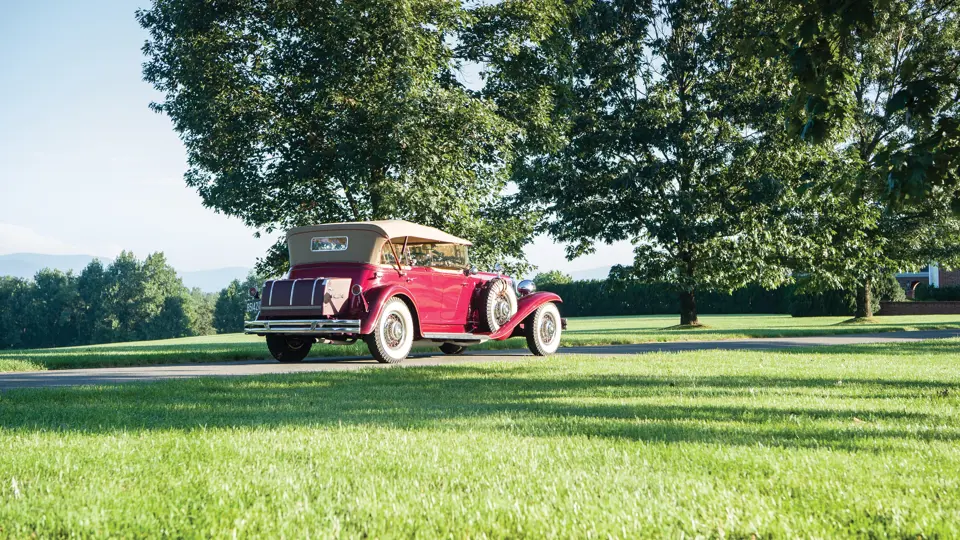
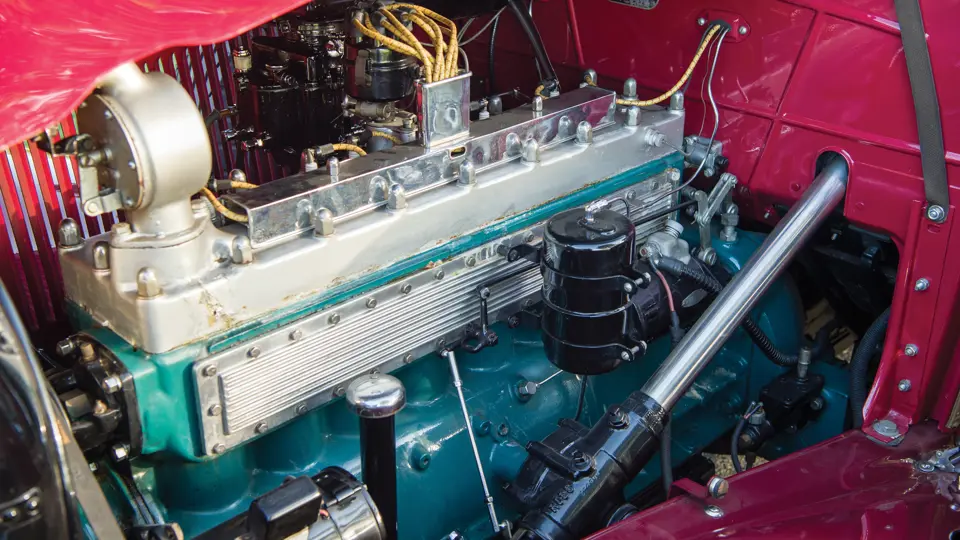


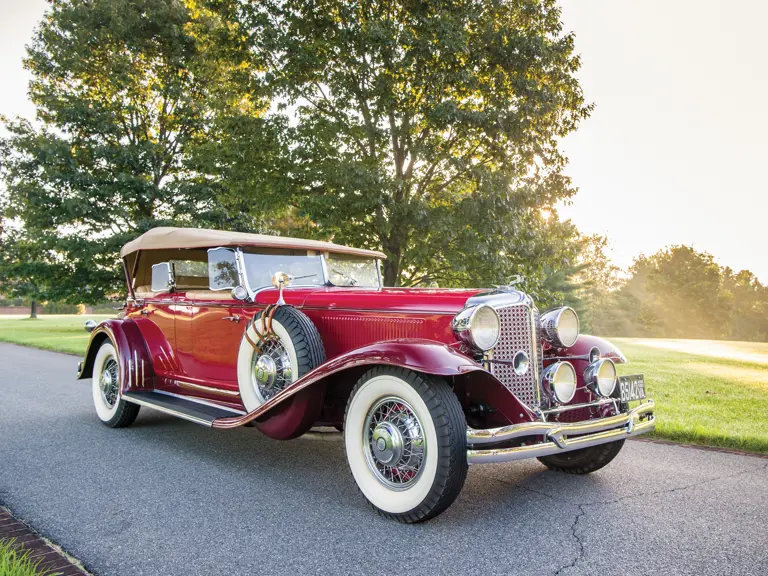
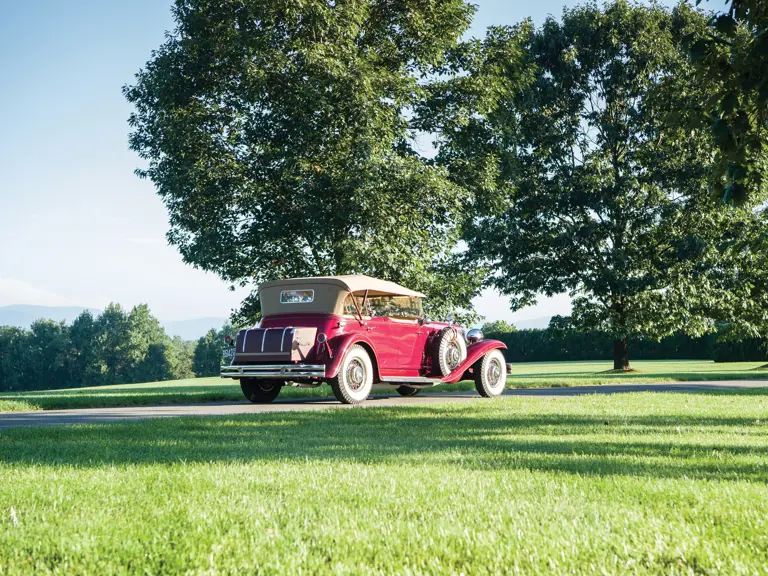
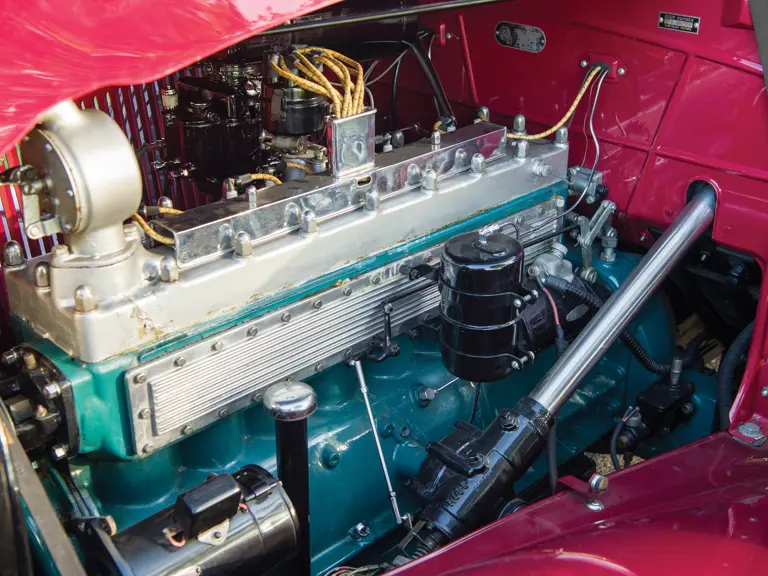

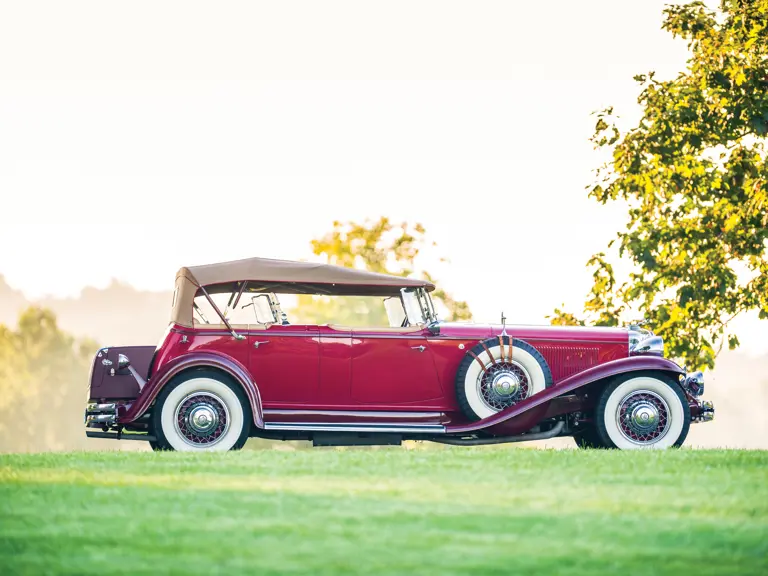
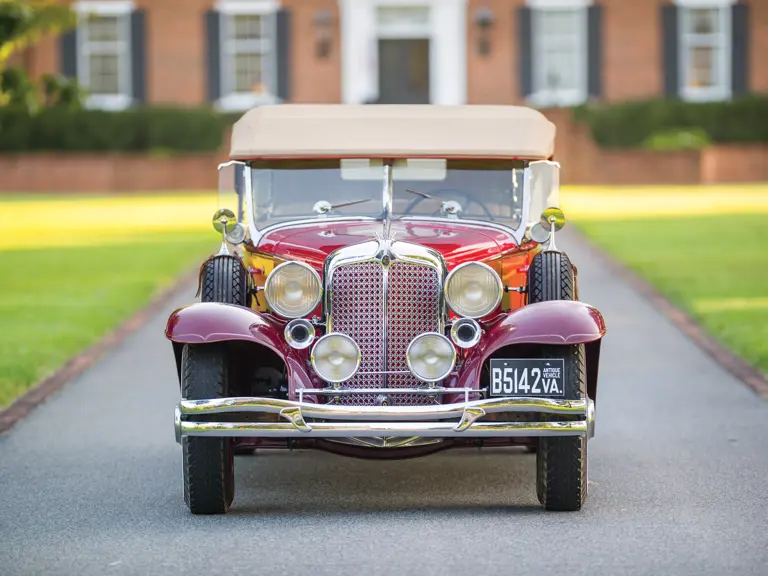
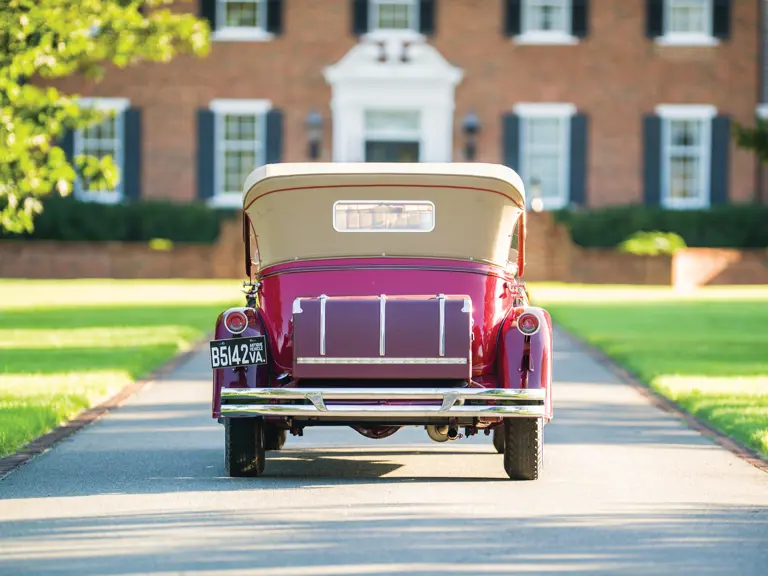
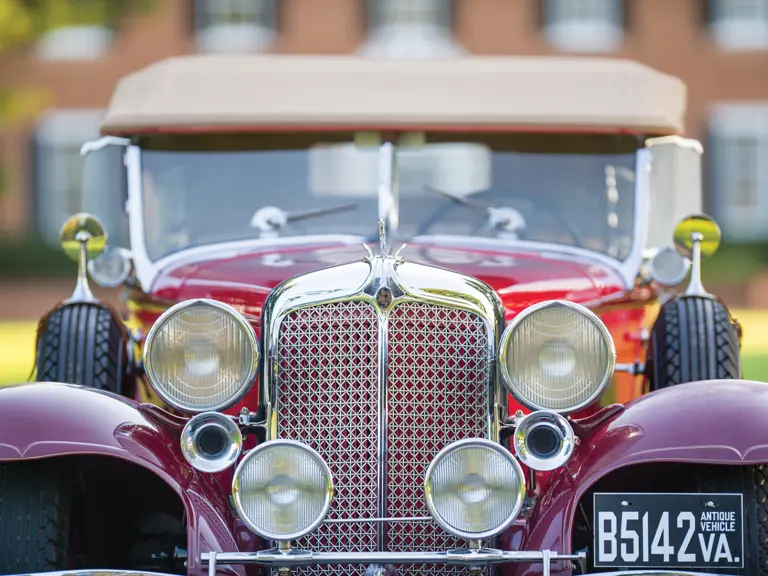
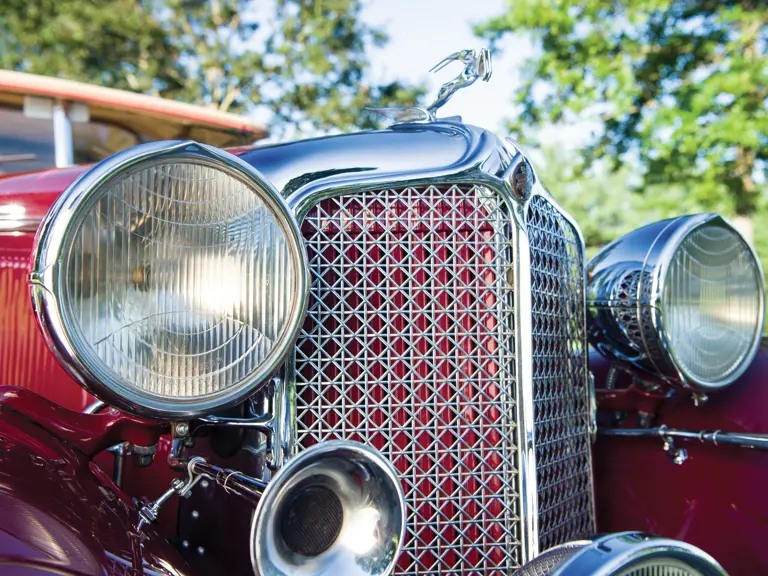

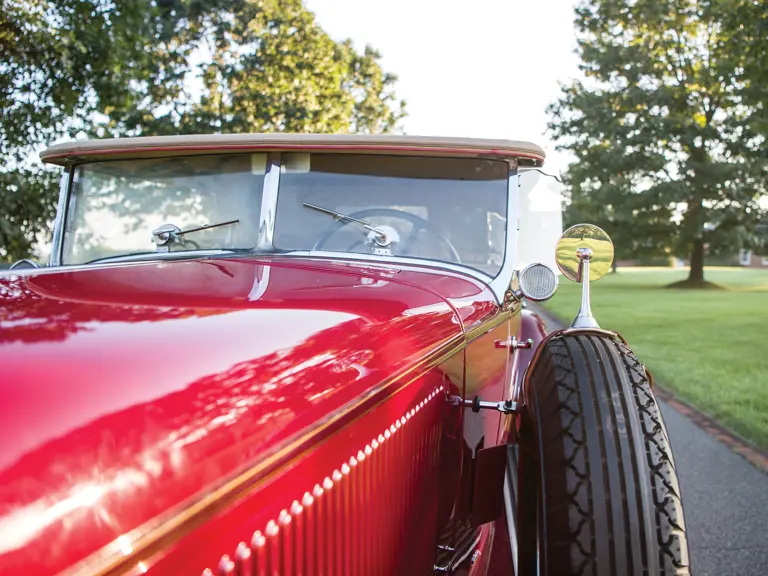
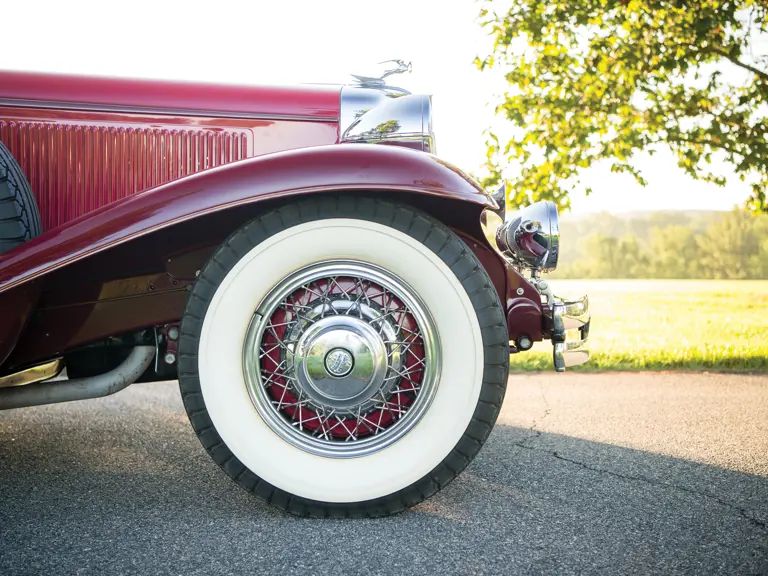
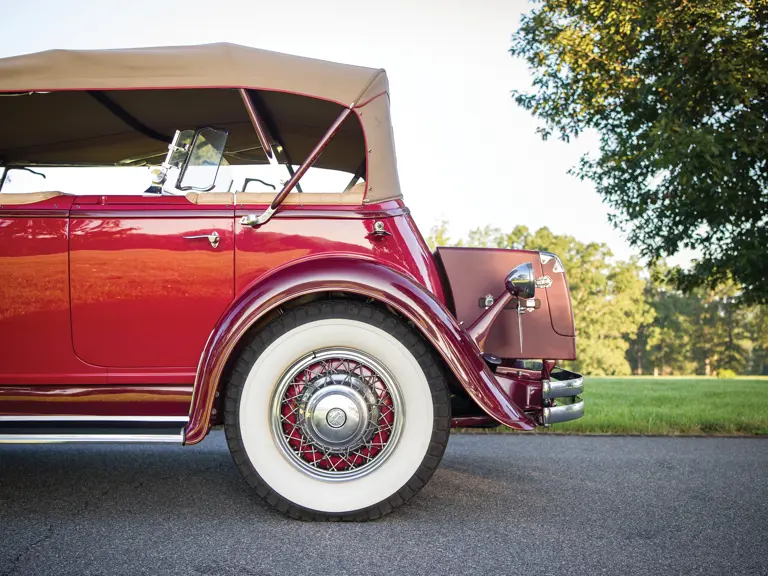
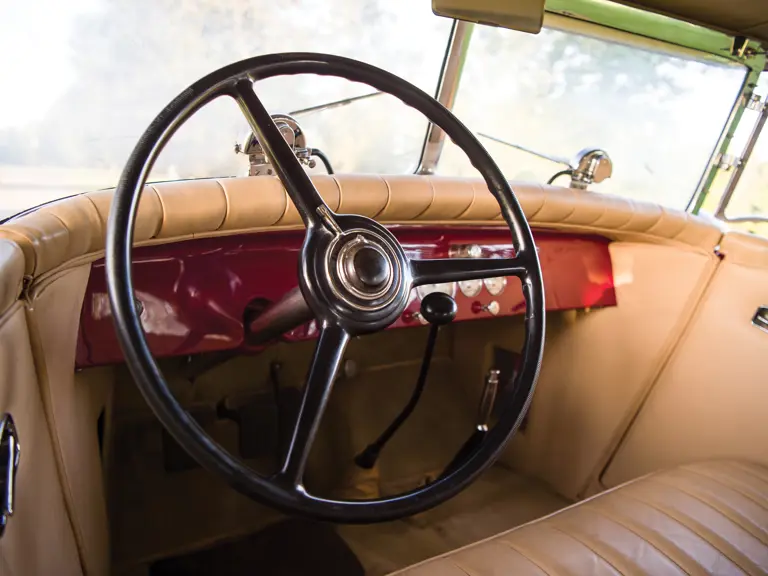
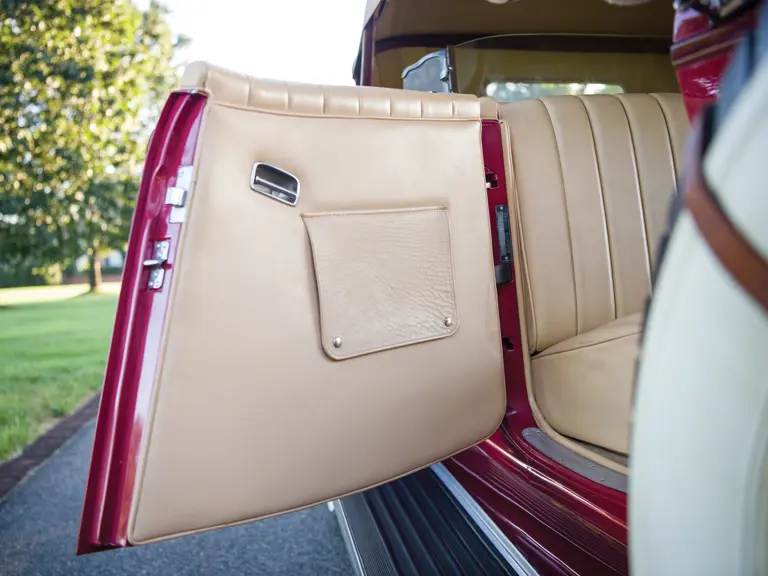
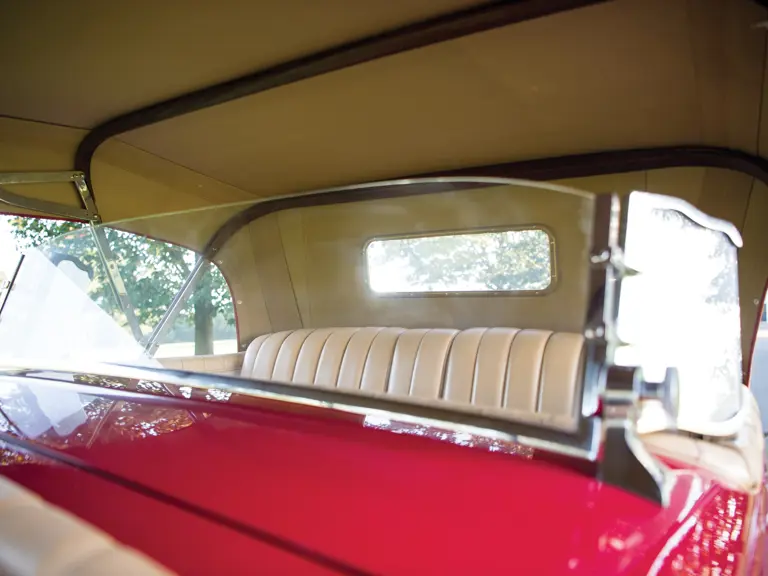
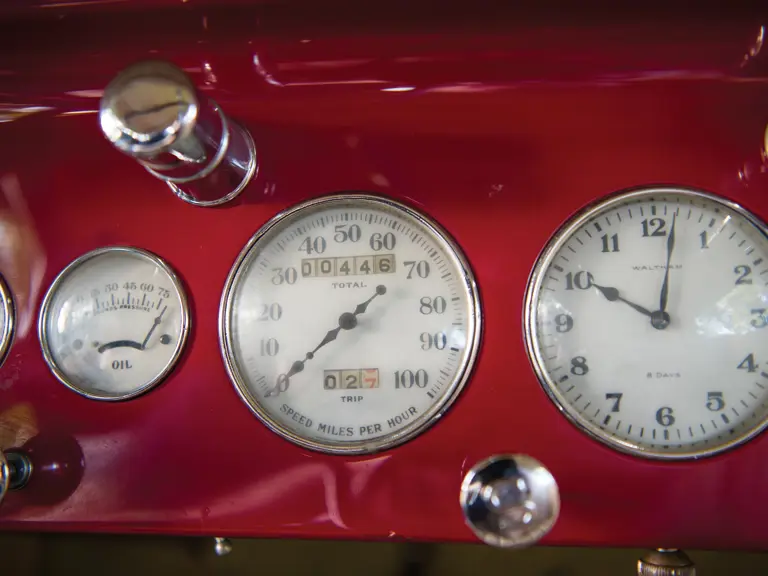
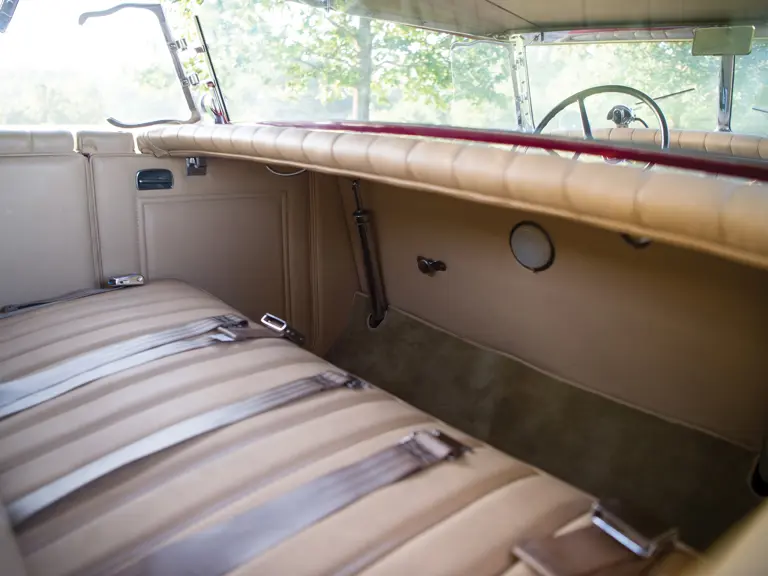
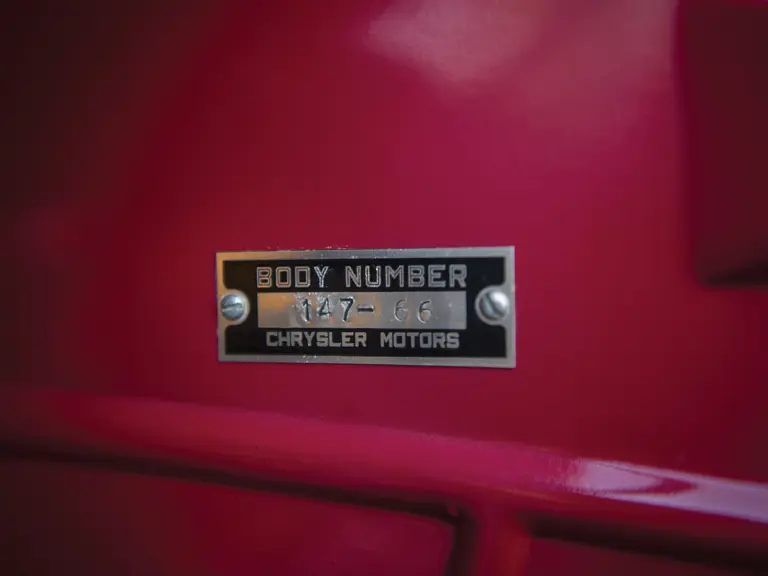
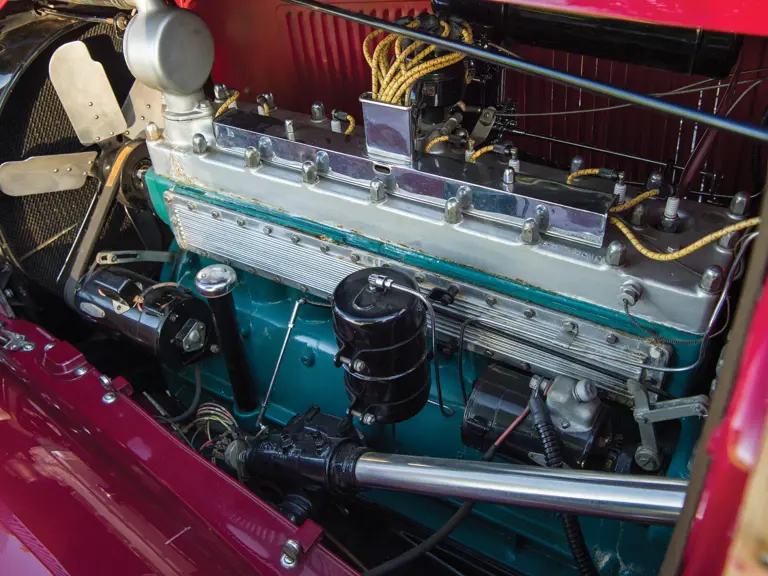
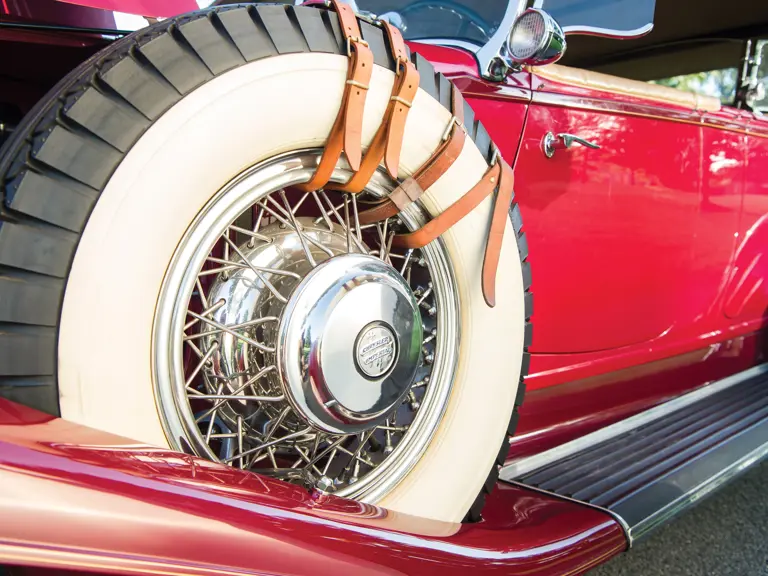
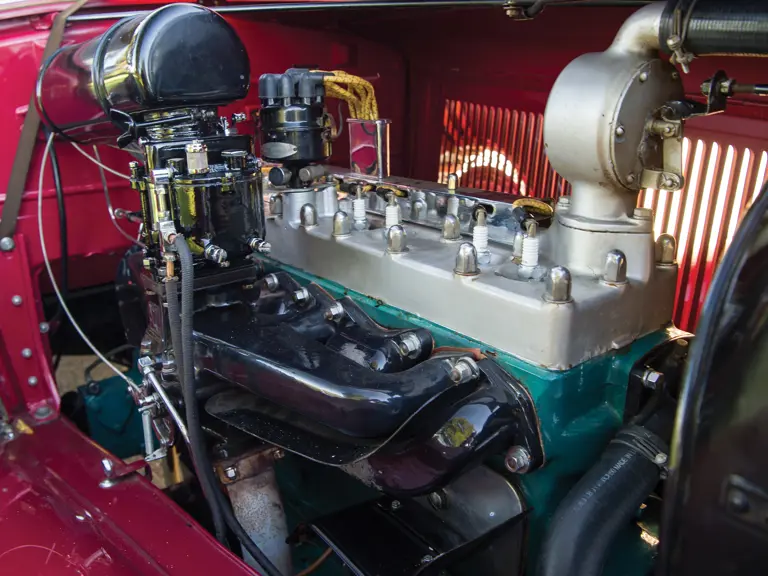
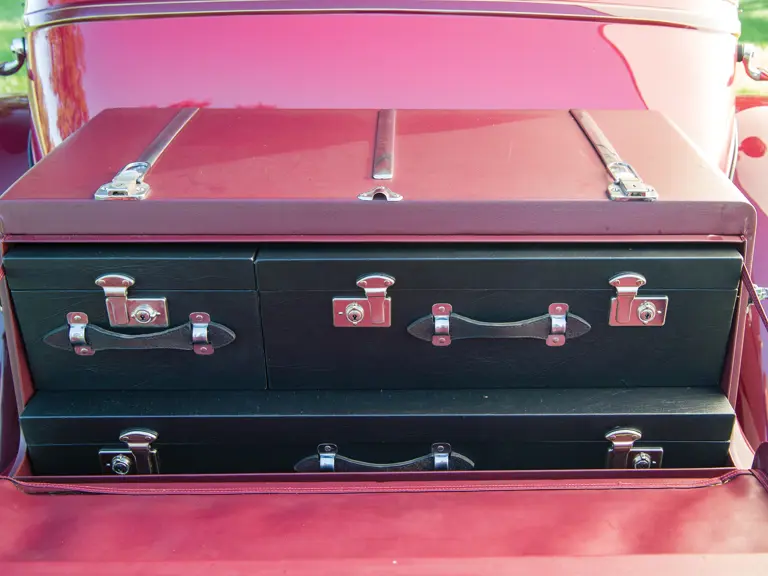
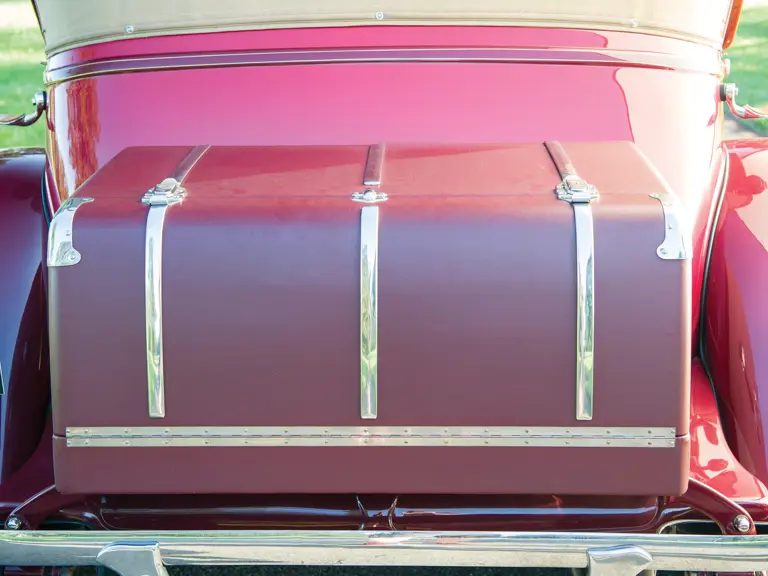
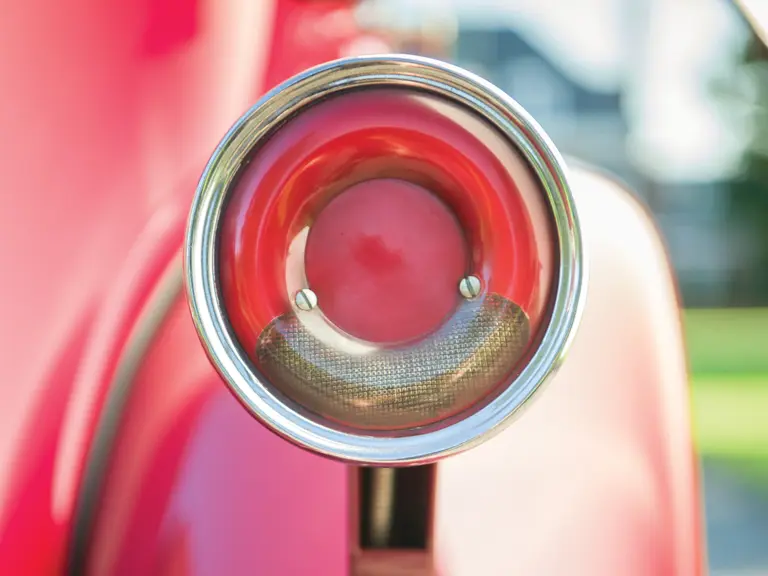
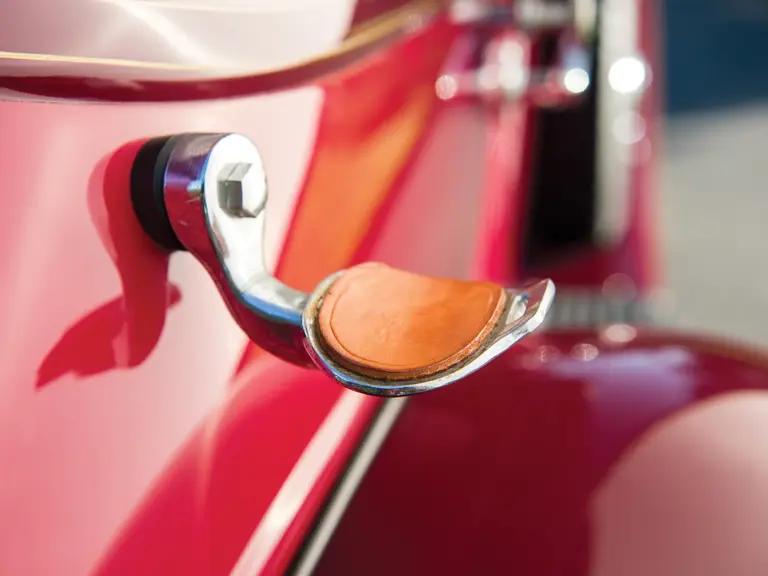
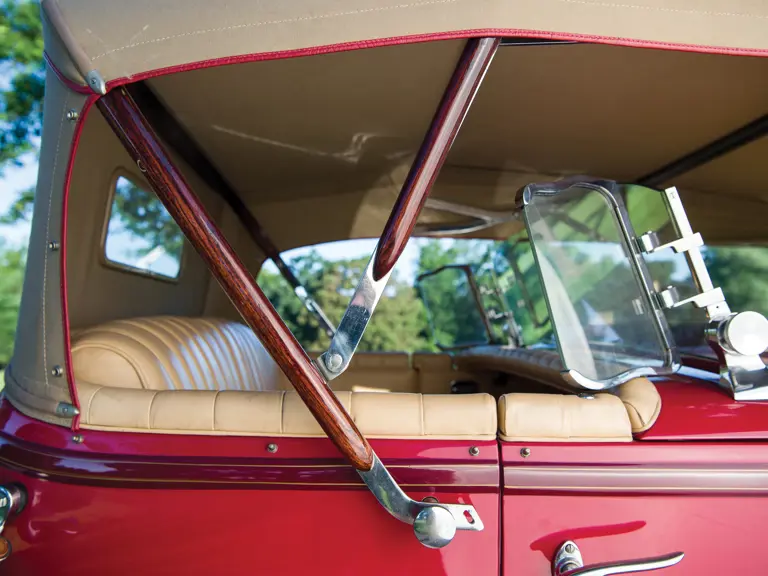
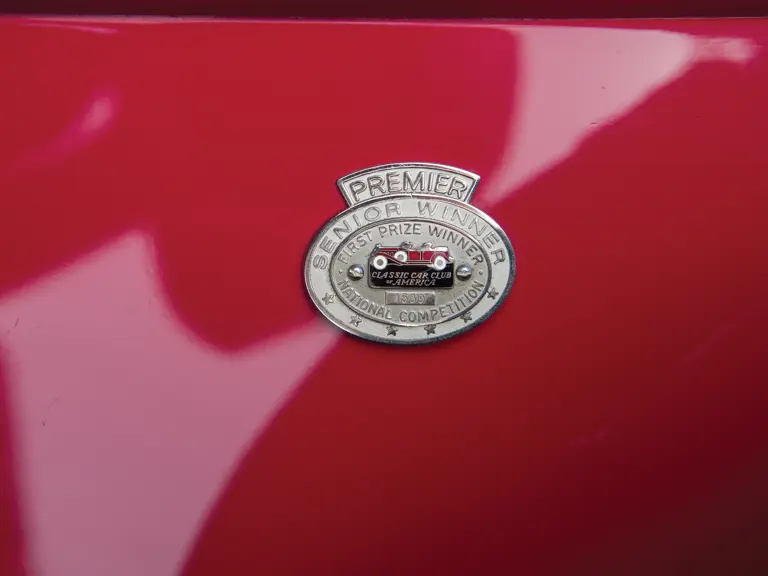
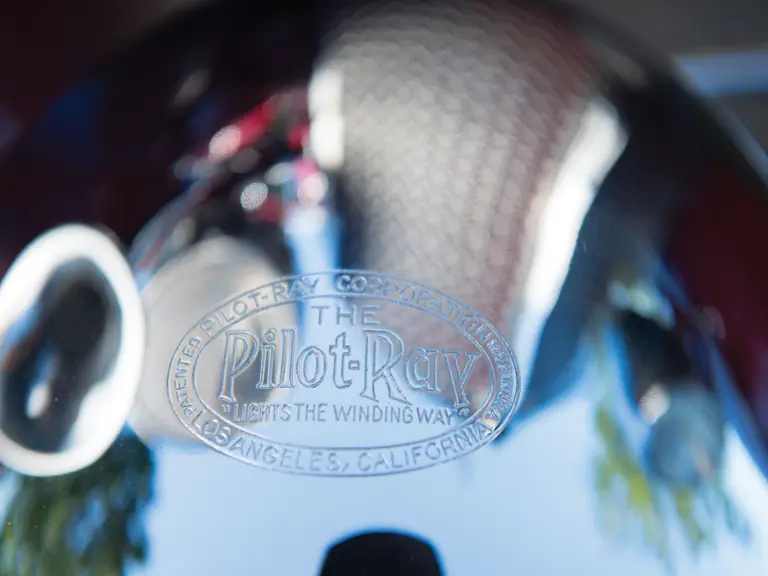
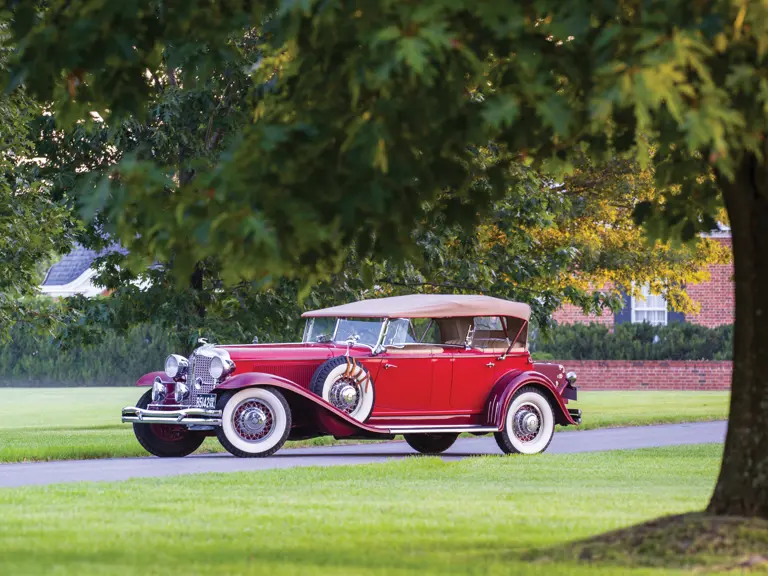
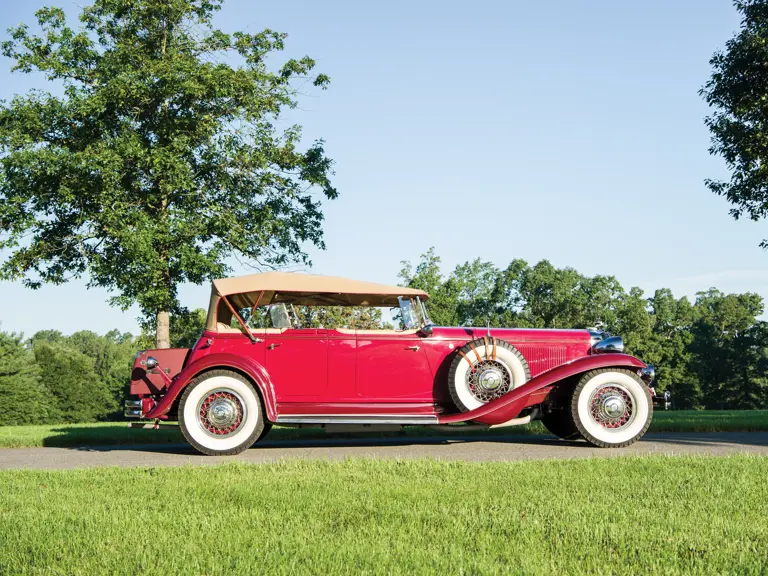
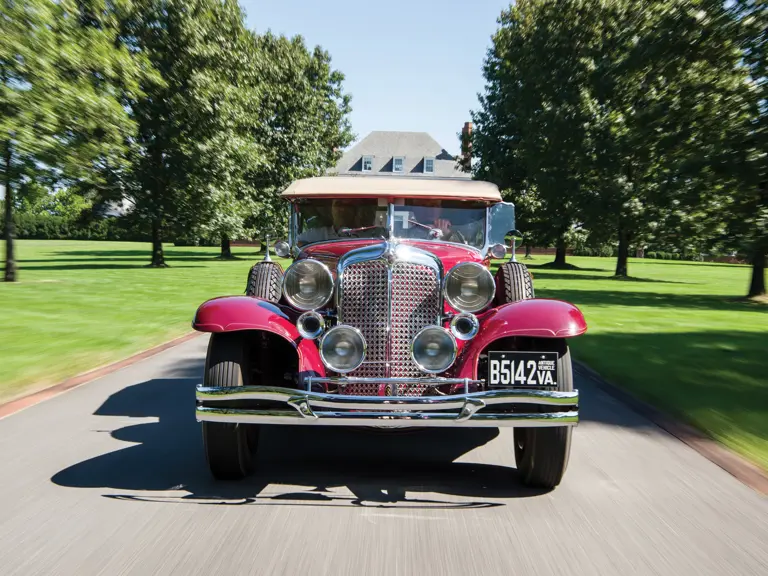
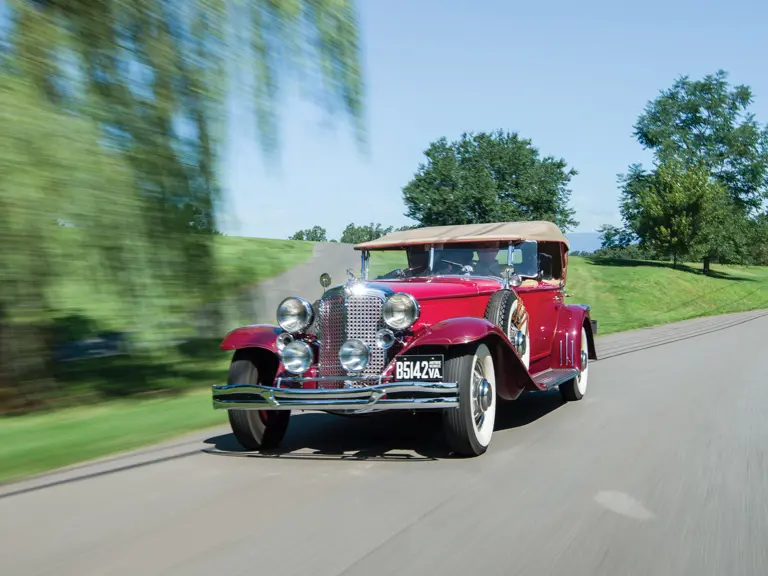
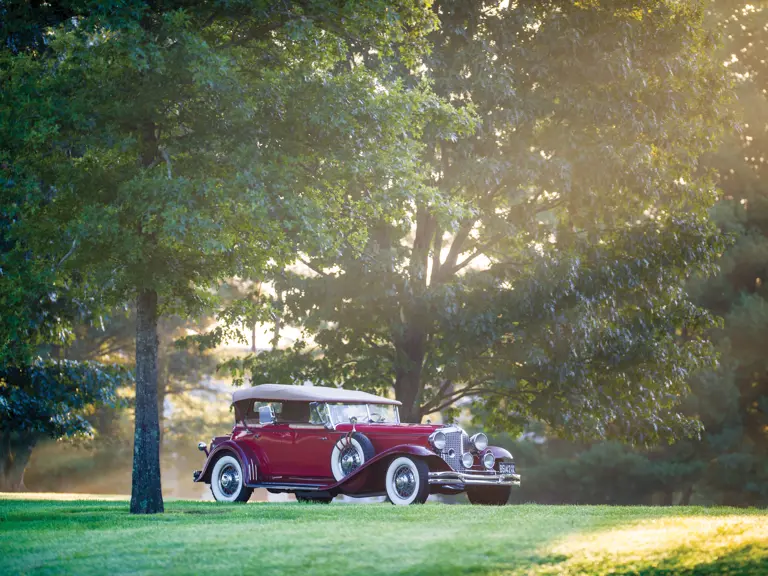
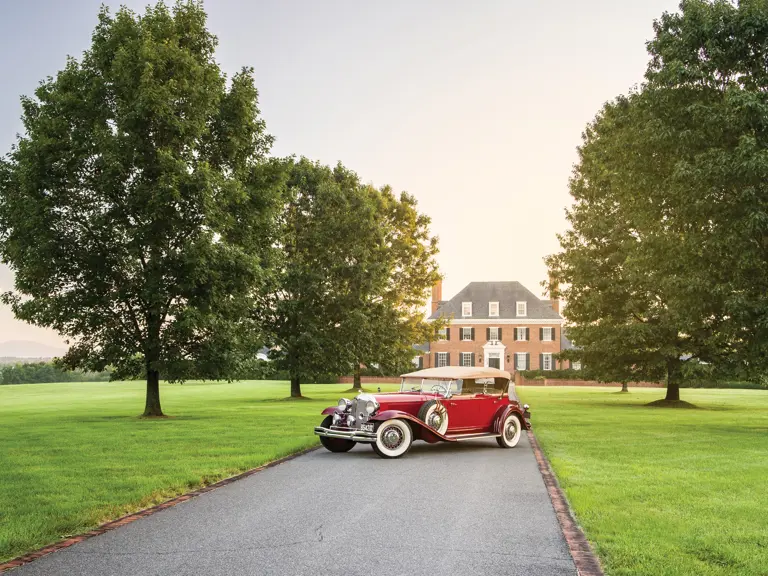
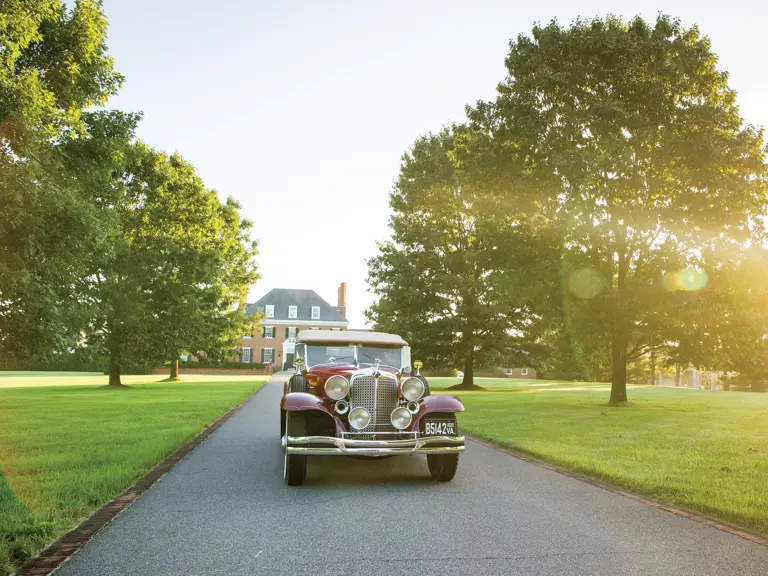
 | Hershey, Pennsylvania
| Hershey, Pennsylvania
